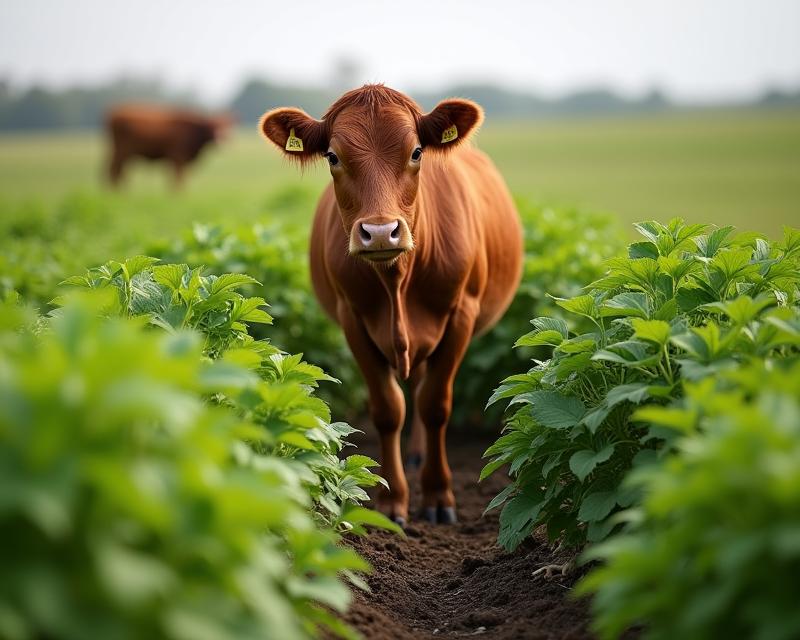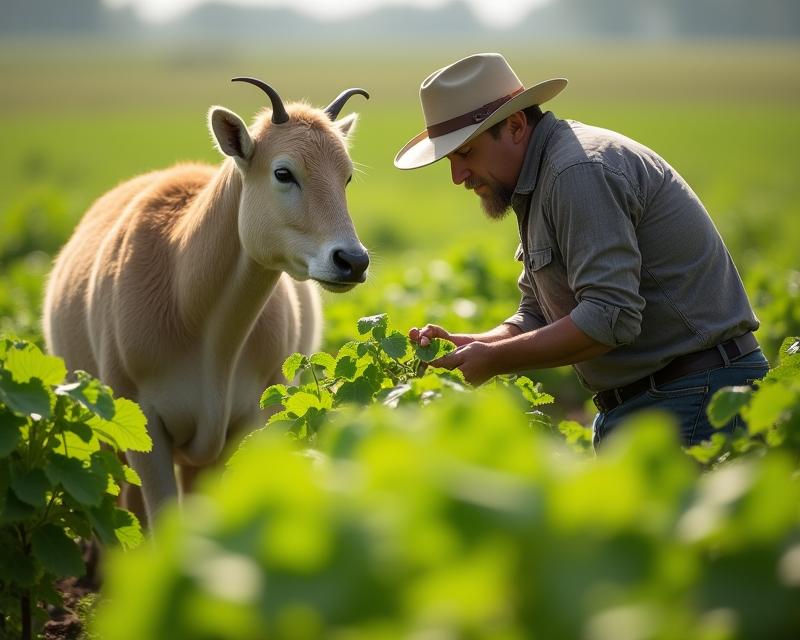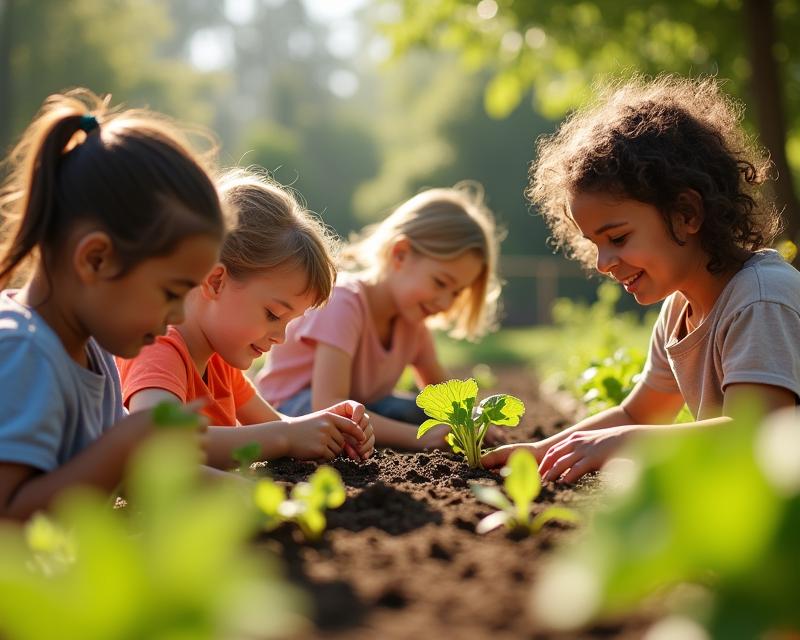Rest is Key: Grazing & Root Health
Publish in Sustainable Farming el 22/07/2025 16:45
The Importance of Rest Periods in Rotational Grazing
As farmers and ranchers, we're always looking for ways to improve our land and boost productivity. One often overlooked, yet incredibly important, practice is incorporating rest periods into rotational grazing. It’s not just about moving livestock; it’s about giving the plants a chance to breathe and recover, leading to healthier pastures and a more resilient ecosystem.

Why Rest Matters for Root Health
Think of plant roots like the foundation of a building. They're vital for absorbing water and nutrients from the soil. Continuous grazing without rest stresses these roots. When plants are constantly grazed, their energy is diverted to regrowth and defense, leaving less energy for root development. This can result in shallow, weak root systems that are more susceptible to drought, erosion, and disease. A well-rested pasture, on the other hand, allows roots to delve deeper into the soil, creating a stronger, more stable foundation. Deeper roots also access water and nutrients from deeper soil layers, making the plants more drought-tolerant.
Boosting Long-Term Productivity
The benefits of rest extend far beyond just root health. Allowing pastures to recover leads to increased plant biomass – meaning more plant material overall. This translates to more forage for your livestock, reducing the need for supplemental feed. Rest periods also encourage a greater diversity of plant species. Different plants have different root structures and nutrient requirements, and a diverse pasture is more resilient to pests and diseases. Furthermore, rested pastures often have improved soil health, with increased organic matter and better water infiltration. This creates a positive feedback loop, leading to healthier plants, healthier soil, and ultimately, higher yields.
Implementing Rest Periods
Implementing rotational grazing with dedicated rest periods doesn't have to be complicated. A common approach is to divide your pasture into several paddocks and rotate livestock between them. Allow each paddock to rest for a sufficient period – typically several weeks to months, depending on the plant species and climate. Monitor your pastures closely and adjust rest periods as needed. Consider factors like rainfall, temperature, and plant growth rates. By prioritizing rest, you're investing in the long-term health and productivity of your land, ensuring a sustainable and profitable farm for years to come. It’s a simple change that can make a huge difference!





